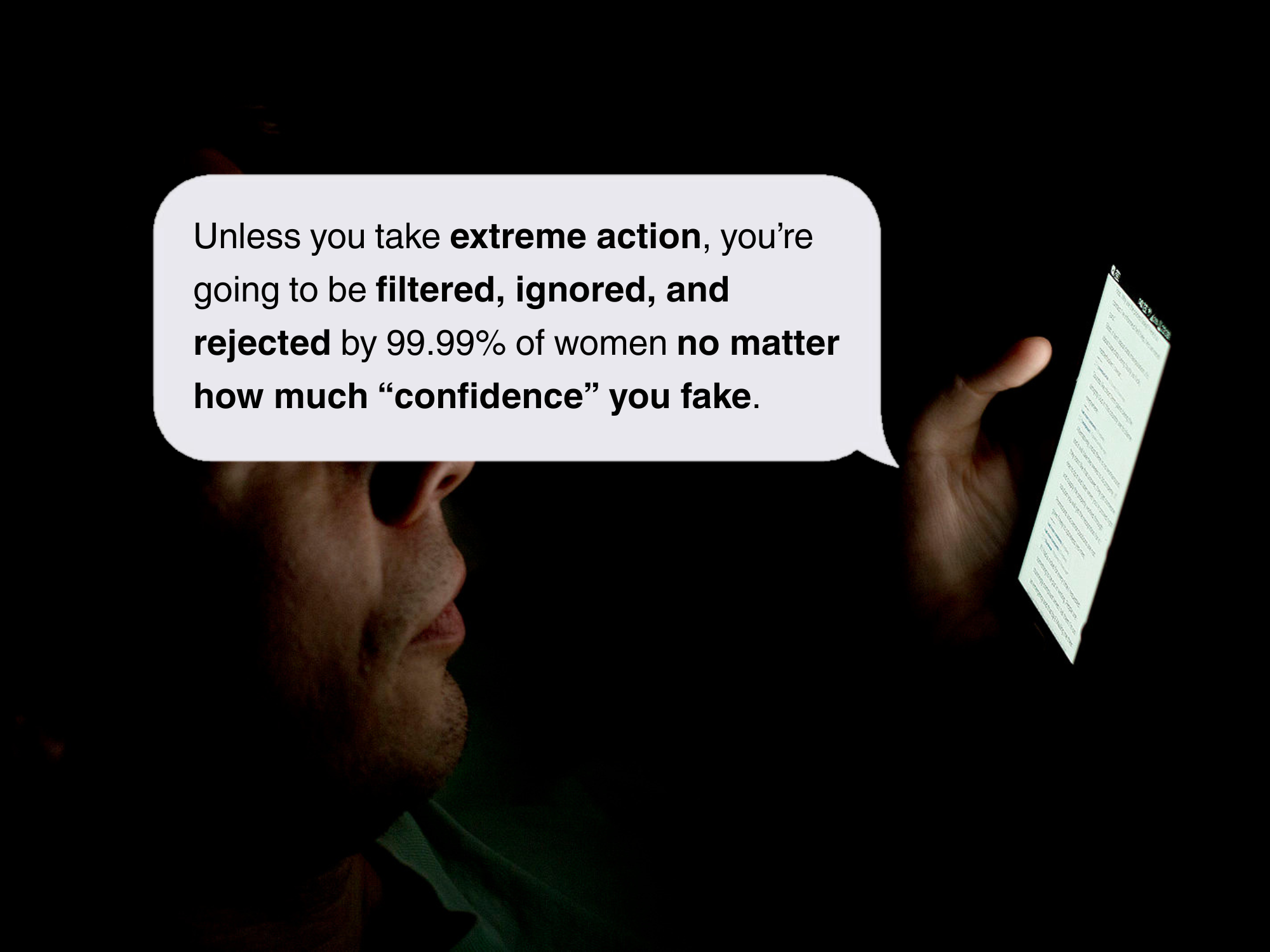Front Brake Lights Could Drastically Diminish Road Accident Rates
-
I still think rear signaling could be improved dramatically by using a wide third-brake light to show the intensity of braking.
For example -- I have seen some aftermarket turn signals which are bars the width of the vehicle, and show a "moving" signal starting in the center and then progressing towards the outer edge of the vehicle.
So now take that idea for brake. When you barely have your foot on the brake pedal, it would light a couple lights in the center of your brake signal. Press a little harder and now it's lighting up 1/4 of the lights from the center towards the outside edge of the vehicle. And when you're pressing the brake pedal to the floor, all of the lights are lit up from the center to the outside edges of the vehicle. The harder you press on the pedal, the more lights are illuminated.
Now you have an immediate indication of just how hard the person in front of you is braking. With the normal on/off brake signals, you don't know what's happening until moments later as you determine how fast you are approaching that car. They could be casually slowing, or they could be locking up their wheels for an accident in front of them.
I think that's a neat idea, but we could instead, collectively, just do better at following other cars at a safe distance. I know it's impractical to expect all drivers on the road everywhere to change their behavior, but it's also persistently frustrating as someone who has for years frequently been stuck in traffic to see 95% of drivers insist on following less than a car-length behind. Following too closely to enable decision-making or accommodate other drivers is the cause of like 98% of both traffic accidents and congestion, according to my completely anecdotal and made up research.
-
Japan introduced brake lights that increase intensity based on how hard the driver was braking. 20+ years ago. They tested it in the US and drivers found it to be “confusing.”
BMW has implemented this in the US market for the past 20 years or so at least. Under heavy braking, additional brake lights turn on. I believe they call that Brake Force Display. I’m sure they’re not the only manufacturer to do this, too
-
cross-posted from: https://lemmy.bestiver.se/post/424410
Not selling tanks as cars could also help. Especially with fatality rates
-
It's doesn't matter, since the absence or presence of light would still be perceived by colour blind people. It doesn't change how they would drive, as they are already driving with the knowledge of colour blindness in mind when looking at tail lights.
Tail lights being red is fine if you live with the most common forms of colorblindness which fall into what we call “red-green colorblind.” It is still a different color than headlights.
Now put those same red-green lights on the front, and we have a problem.
But why? Again, the perception would be absence or presence of light on a standardized indicator.
FYI signal lights are much more strictly regulated in Europe, such as position, colour, shape and strength.
This study is from Austria.
-
It's doesn't matter, since the absence or presence of light would still be perceived by colour blind people. It doesn't change how they would drive, as they are already driving with the knowledge of colour blindness in mind when looking at tail lights.
Tail lights being red is fine if you live with the most common forms of colorblindness which fall into what we call “red-green colorblind.” It is still a different color than headlights.
Now put those same red-green lights on the front, and we have a problem.
They could use traffic light green. There's not any problems identifying those even in places with the lights mounted horizontally. There's enough difference in saturation you can tell the difference even with colorblindness.
-
Here's an idea. How about we zap the drivers after they make a turn if they didn't use a turn signal beforehand?

Cars with lane-keep assist with vibrate the steering wheel and beep at you. It's at least something but I think most people turn it off if it gets annoying
-
It's doesn't matter, since the absence or presence of light would still be perceived by colour blind people. It doesn't change how they would drive, as they are already driving with the knowledge of colour blindness in mind when looking at tail lights.
A lot of colorblind people can tell the difference between red-green and white.
They just percieve red-green as the same.
So they lose the visual cue for front-back under the proposed change.
-
The key detail is that, like with rear brake lights, they extinguish when the foot is removed from the brake pedal. So it's not so much the presence of the brake light, but the presence of an inactive brake light that would, serve as a warning that a car is about to start moving. This would be very helpful to drivers on a road when other drivers are pulling out too early from a side road or driveway. That little bit of extra warning is, in many situations, enough for you to pump the brakes, hit the horn, or both.
If anything I think they would have to use a green light that turns on when accelerating/not braking. It would be way more dangerous in the future when people are trained with "No green = braking" but older cars don't have the light at all.
It's important to consider how a transition like this would even work. I personally think this is a little too drastic of a change, and is incompatible with existing vehicles and habits. -
Cars with lane-keep assist with vibrate the steering wheel and beep at you. It's at least something but I think most people turn it off if it gets annoying
Anyone complaining about lane keep not letting them change lanes or make turns is telling on themselves
-
I don't think they illuminate the brake lights, hence my comment. Technology connections has talked about this, although IDK which video it was.
I was curious if anyone had actually tested it or not, and I found the video above where they get right into it, without any intros or family history or begging to like & subscribe... just a short video where they test it and find that, YES!, the brake lights do come on when you use the steering wheel paddle brake or when you're in L gear and take your foot off the accelerator.
-
This is actually insane. Their brakes must wear out so fast.
The brakes aren’t engaged? The light turns on before there’s pressure on the brake. They probably don’t even know their lights are on since they aren’t decelerating.
-
They tested using a green light for the front brake light, not a red one
Flashing blue would be neat.
-
Again, if you're too stupid to make sure the multiton hunk of metal is coming to a stop by all the other obvious visual markers, including watching it's speed compared to stationary objects like signs and lamp posts, then this won't do shit. People need more aweness of their surroundings, not a bunch of lights and horns because people won't pay attention.
You enter the road when it's safe, not jump in and play frogger with lights hoping to get across.
Yup, this is a moronic idea.
-
Japan introduced brake lights that increase intensity based on how hard the driver was braking. 20+ years ago. They tested it in the US and drivers found it to be “confusing.”
If Japan introduced that they never caught on, unless it's specific to an area or model of car.
-
It used to be mandatory with always on rear lights in Sweden (you couldn't even turn them off). But an adaptation to EU rules removed that requirement.

I strongly doubt it was genuinely linked to that. There are EU countries where having lights on all the time is mandatory.
-
It used to be mandatory with always on rear lights in Sweden (you couldn't even turn them off). But an adaptation to EU rules removed that requirement.

I strongly doubt it was genuinely linked to that. There are EU countries where having lights on all the time is mandatory.
-
I've actually always found it weird with all the automation vehicles have, that blinkers aren't linked to the wheel. it already automatically disengages when turning, it shouldn't be too hard to have it auto engage as well when turning
The thing is, you want the turn signal to turn on before the start of the turn, so other drivers, pedestrians, cyclists can react.
-
The thing is, you want the turn signal to turn on before the start of the turn, so other drivers, pedestrians, cyclists can react.
agreed, I don't think the blinker switch should be removed, but a late indicator is better than no indicator.
-
I have seen some cars flash their brake lights when ABS is activated, but this would be better
The EU has approved G-triggered brake lights that do just that, flash rapidly on hard braking. I’ve only seen it on higher end cars so far, but they absolutely exist. Unfortunately in the US people stick brake flashers that blink in patterns every time they touch the brake. Mostly useless as they’re installed to be “look at me, aren’t I cool with my blinky brake lights?” rather than any additional safety.
-
Yeah, the only thing I could think of is that I'm driving down a country road, and I see the front brake light ahead of me because someone stopped for a deer in the road or something.
in front of this vehicle" is going to get people killed.And the negative state of "the lack of this light means that the vehicle could be moving" is exactly what we have now.
Reading through the article, it seems like one scenario is that a vehicle stopped at an intersection might be about to pull out, endangering another vehicle about to cross? It seems like the thinking is, if you notice a front/side brake light stops being lit as you approach the intersection, it might indicate they're about to accelerate - be cautious!
I'm not fully convinced either, it seems like a lot of the benefit they're projecting is based on analysis of historical collisions, rather than any kind of experimental results. It sounds like the study is to justify expanding research to that sort of simulated experimentation, though - I'm curious what that kind of testing would find.
-
-
Wyoming town to host AI data center using more electricity than all Wyoming homes combined
Technology 1
1
-
Computer Scientists Figure Out How To Prove Lies: An attack on a fundamental proof technique reveals a glaring security issue for blockchains and other digital encryption schemes.
Technology 1
1
-
 1
1
-
-
-
OpenAI featured chatbot is pushing extreme surgeries to “subhuman” men: OpenAI's featured chatbot recommends $200,000 in surgeries while promoting incel ideology
Technology 1
1
-



